Description
Identifying the Right SaaS Idea and Market
How do you make sure your SaaS idea stands out in a crowded market? Start by conducting thorough market research to uncover real problems users face and spot gaps your competitors have missed.
Don’t just chase trends—focus on solving pain points you understand well. Use surveys, interviews, and online communities to gather insights directly from your target audience.
Once you’ve identified a potential niche, run quick idea validation tests. Reach out to potential customers, pitch your concept, and gauge their interest and willingness to pay.
Look for genuine excitement, not just polite feedback. If you can’t get people to commit early on, it’s time to refine your idea.
Effective market research and honest idea validation help you avoid building something nobody really wants.
Building the Product and Acquiring Early Users
Once you’ve validated your SaaS idea, move quickly to build a minimum viable product that solves your audience’s core problem.
Focus on essential features during product development—avoid the temptation to overbuild. Speed matters, so launch your MVP to real users as soon as possible.
Early feedback is vital; it guides your iterations and helps you avoid wasting time on features users don’t want. To acquire your first users, leverage your network, online communities, and direct outreach.
Emphasize learning instead of selling, and use insights to refine your SaaS.
Here’s a simple roadmap to follow:
- Define your MVP’s core functionality.
- Build and release the MVP fast.
- Collect user feedback and analyze pain points.
- Iterate product development based on real insights.
Scaling Revenue and Overcoming Growth Challenges
Even after you’ve gained your first paying customers, scaling SaaS revenue to $20k MRR brings a new set of challenges—what got you here won’t necessarily get you there.
You’ll need to rethink your revenue strategies, focusing on what truly drives monthly recurring revenue. Analyze your existing customer base to spot upsell and cross-sell opportunities. Don’t hesitate to adjust your pricing if data suggests it could boost conversion or retention.
Growth obstacles will appear as you expand: churn increases, support demands grow, and acquisition channels may dry up.
You must systematize onboarding and support to keep users happy. Experiment with new marketing channels, double down on what’s working, and automate where possible. Constantly iterate—small improvements compound and help you overcome inevitable growth plateaus.
Frequently Asked Questions
How Much Initial Capital Did Alex Berman Invest in the Saas Project?
When you’re evaluating a SaaS founder’s journey, consider their initial investment and funding sources. In this case, Alex Berman reportedly invested around $2,000 of his own money, relying primarily on personal savings as his funding source.
What Tools or Tech Stack Did Alex Berman Use to Build the Saas?
You’ll want to focus on choosing the right tech stack and software tools for your SaaS. Typically, you’d use React or Vue for the frontend, Node.js for the backend, and cloud platforms like AWS for hosting.
How Does Alex Berman Manage His Work-Life Balance as a Saas Founder?
You need to prioritize time management and personal wellbeing as a SaaS founder. Set clear work boundaries, schedule regular breaks, and make time for activities you enjoy. That way, you’ll stay productive and avoid burnout.
Did Alex Berman Have Any Co-Founders or Build the Saas Solo?
When you consider co founder dynamics versus a solo journey, you’ll find Alex Berman chose the solo journey. He didn’t have any co-founders, so he handled the challenges and successes of building his SaaS entirely alone.
What Were Some Unexpected Personal Challenges Alex Faced During the Journey?
You’ll face unexpected personal challenges like maintaining emotional resilience when setbacks hit and struggling with time management as demands pile up. You’ll need to balance your drive with self-care to keep moving forward effectively.


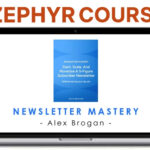






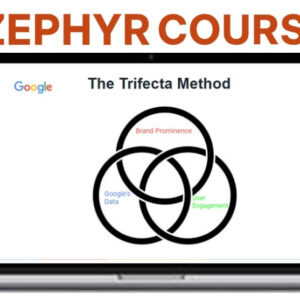



 Arielle Phoenix – Bulk Publishing System + AI-Integrated Spreadsheet
Arielle Phoenix – Bulk Publishing System + AI-Integrated Spreadsheet 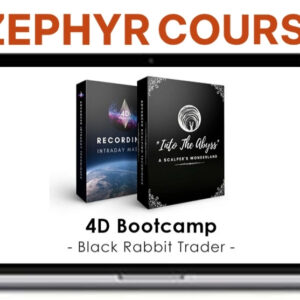 Black Rabbit Trader – 4D Bootcamp
Black Rabbit Trader – 4D Bootcamp  Attract Keep Her System + Ebook + Bonuses
Attract Keep Her System + Ebook + Bonuses 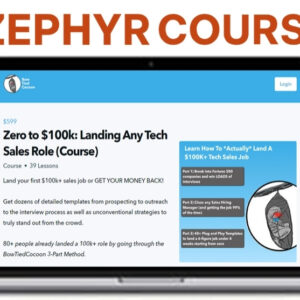 BowTiedCocoon – Zero to $100K – Landing Any Tech Sales Role
BowTiedCocoon – Zero to $100K – Landing Any Tech Sales Role  Anastasia Blogger – Pinterest SEO Traffic Secrets Course
Anastasia Blogger – Pinterest SEO Traffic Secrets Course  ASFX Course Package
ASFX Course Package  Axia Futures – Futures Trading & Trader Development
Axia Futures – Futures Trading & Trader Development  Barbarian Body – Dumbbell Beast Program
Barbarian Body – Dumbbell Beast Program 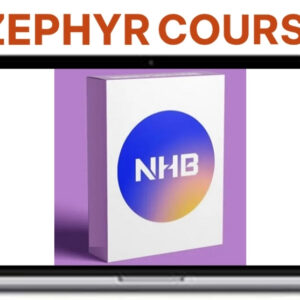 Alen Sultanic – Copywriting Membership NHB+ (up to 03/2024)
Alen Sultanic – Copywriting Membership NHB+ (up to 03/2024)  Axia Futures – Trading Decoded (1-Week Intensive Trading Course)
Axia Futures – Trading Decoded (1-Week Intensive Trading Course)  Alpha Forex Global – Advanced Forex Mastery
Alpha Forex Global – Advanced Forex Mastery  Andrew Fox – Affiliate Millionaire & My Super Affiliate Builder Bundle
Andrew Fox – Affiliate Millionaire & My Super Affiliate Builder Bundle  Apteros Trading – Scalping Course
Apteros Trading – Scalping Course  Anton Kreil – 5 in 1 Bundles (Full Course + Video)
Anton Kreil – 5 in 1 Bundles (Full Course + Video) 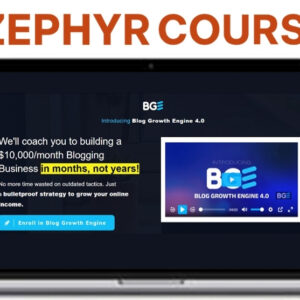 Adam Enfroy – Blog Growth Engine 4
Adam Enfroy – Blog Growth Engine 4 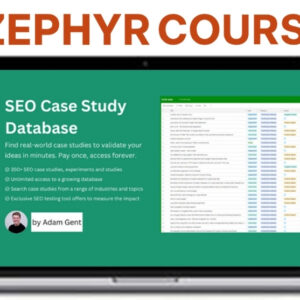 Adam Gent – SEO Case Study Database 2023
Adam Gent – SEO Case Study Database 2023  Abyss The Trader – Trading Course
Abyss The Trader – Trading Course 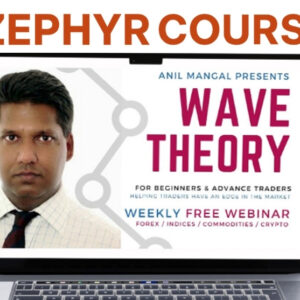 Anil Mangal – Wave Trading
Anil Mangal – Wave Trading  AgencySavvy – Agency Owners Blueprint
AgencySavvy – Agency Owners Blueprint 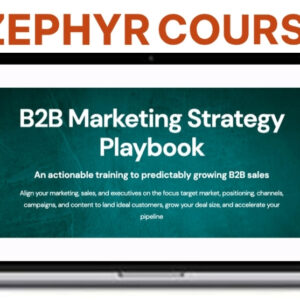 Andrei Zinkevich & Vladimir Blagojevic – B2B Marketing Strategy Playbook
Andrei Zinkevich & Vladimir Blagojevic – B2B Marketing Strategy Playbook  BD FX Course
BD FX Course  Axia Futures – Central Bank Trading Strategies
Axia Futures – Central Bank Trading Strategies  Brian Mark & Cole DaSilva – Change Lives Academy
Brian Mark & Cole DaSilva – Change Lives Academy 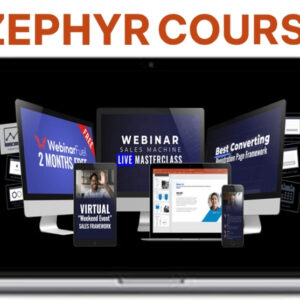 Anthony Morrison – Webinar Sales Machine
Anthony Morrison – Webinar Sales Machine  Alexunder Hess – Figma Pro Secrets
Alexunder Hess – Figma Pro Secrets  3-Day Thought Leadership Content Strategy Course
3-Day Thought Leadership Content Strategy Course  Agora Financial – Steal Our Winners
Agora Financial – Steal Our Winners 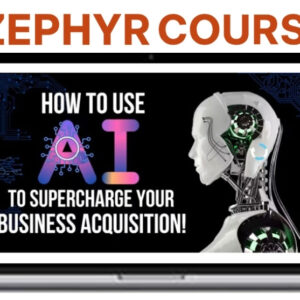 Bruce Whipple – How to Use AI to Supercharge Your Business Acquisition
Bruce Whipple – How to Use AI to Supercharge Your Business Acquisition  AstroFX 2.0
AstroFX 2.0  Bulk Publishing Framework + AI-Integrated Google Sheet
Bulk Publishing Framework + AI-Integrated Google Sheet  Andrew Mioch – Lasting System
Andrew Mioch – Lasting System 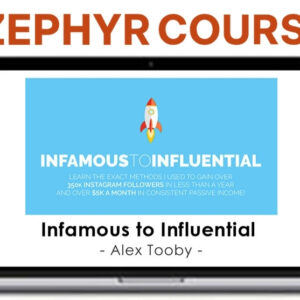 Alex Tooby – Infamous to Influential
Alex Tooby – Infamous to Influential  AloMoves – Awakening Yoga: Solar Practice
AloMoves – Awakening Yoga: Solar Practice  Alex King & Carlos Romero – Viral Funds Academy
Alex King & Carlos Romero – Viral Funds Academy  Andrew Mioch & Isabel Haeke – Squirting Triggers 3.0
Andrew Mioch & Isabel Haeke – Squirting Triggers 3.0